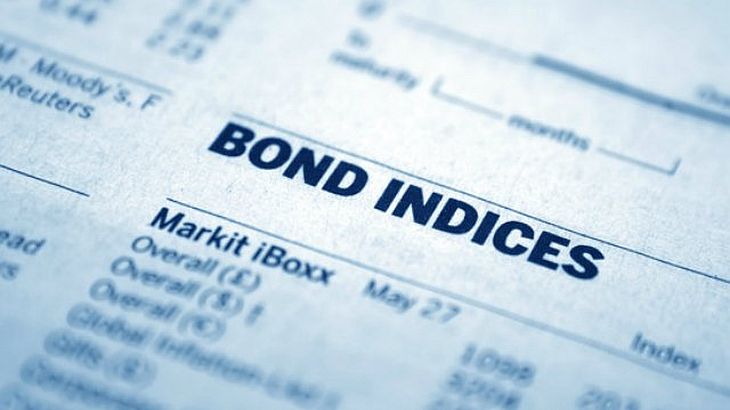Fear has given way to greed in risky US energy bonds. After last year’s oil crash pummeled the US energy industry and sparked fears over a slew of corporate defaults, yield-hungry investors have returned to pick up bargains from the detritus, writes Financial Times.
As oil prices stabilized around the $50 per barrel mark, and prospective returns on other corporate debt — let alone government bonds — have remained paltry, investors have become somewhat more positive. After peaking in December at more than 10 per cent, the average US energy junk bond yield has now fallen to 8.8 per cent. Private equity firms and hedge funds have rushed to raise capital to help finance energy companies and take advantage of the dislocation.
Nonetheless, some analysts and investors argue that it is too soon to return indiscriminately to a part of the market that is expected to remain under intense pressure in the coming years. While oil prices are steadier, they remain well below a level where weaker energy companies can remain healthy.
Many companies cannot survive more than two years with a low price of oil
While US junk bonds are on the whole attractive, “energy bonds still look too rich”, argues James Swanson, chief investment strategist at MFS, which manages about 445 billion dollars. “Many of these companies cannot outlive a two-year bear market [in oil].”
Some may not even survive that long. Quicksilver Resources in Texas and Colorado’s American Eagle Energy defaulted earlier this year, and another warning shot came from Oklahoma-based, KKR-controlled Samson Resources last week, which warned that it may have to seek Chapter 11 bankruptcy protection to help deal with its debts.
The price of the oil and gas producer’s 2.25 billion dollars bond due in 2020 has collapsed to about 20 cents on the dollar, from par value just last summer, underscoring how quickly companies and their investors have been wrong-footed by the collapse.
13% of firms with bleak outlook are from energy sector
These companies will probably not be the last ones facing an uphill battle to stay solvent. Standard & Poor’s keeps a list of the number of “weakest link” companies globally — those rated B- or worse and with negative outlooks. Of the 13 new entrants in March, seven were in the oil and gas sector. Of the 157 “weakest link” companies monitored by the agency, 13 per cent are from the energy industry.
The dangers stalking the industry are already reflected in the price of US energy junk bonds, which remain in depressed territory despite the recent rally. The current average yield of 8.8 per cent compares with 6.6 per cent for the wider Barclays high yield bond index. Stripping out the energy sector and the average yield of debts in the gauge falls to 5.7 per cent. Potential returns in safer, more highly-rated debt are even scarcer. The overall Barclays Aggregate index — the “Agg” that acts as a benchmark for many bond investors — yields only 2 per cent.
Tracy Wright, a high-yield bond fund manager at Pioneer Investments, accepts that there will be a spate of defaults in more lowly-rated, riskier US energy companies, but points out that many are dialing back investments, aggressively cutting costs and raising equity to weather the downturn.
She argues the depressed oil price is primarily caused by a supply glut, rather than a fundamental demand shortage, which is easier to overcome as these investment cuts eventually begin to bite into output. “We’re already pricing in a pretty negative outlook in the short and medium term,” Ms Wright says. “If you’re willing to be patient there’s still some value there.”
WTI increased by almost ten dollars in nearly a month
There have been some encouraging signs recently. Saudi Arabia on Sunday again trimmed the discount it offers to Asian customers, an indication that demand is firming up. West Texas Intermediate, the US crude oil benchmark, has climbed to near 52 dollars a barrel from a low of 43 dollars in mid-March, offering further support for lowly-rated US energy bonds.
The outlook for a meaningful recovery remains murky, however. Some experts see a risk of a renewed downturn if Iran’s embargoed oil returns to global markets next year, after a tentative international agreement on its nuclear programme.
Crude oil recovered strongly this week despite the agreement, but Harish Sundaresh, a commodity strategist and portfolio manager at Loomis Sayles, argued at a media event last week that “it’s probably only a matter of when, not if, that those barrels hit the market”.
Even if oil prices do not take another turn for the worse, the current subdued environment will prove inhospitable to many companies, Deutsche Bank analysts warned in a recent report: “The longer we stay at depressed oil levels, the higher the probability of a more negative outcome for the sector.”
